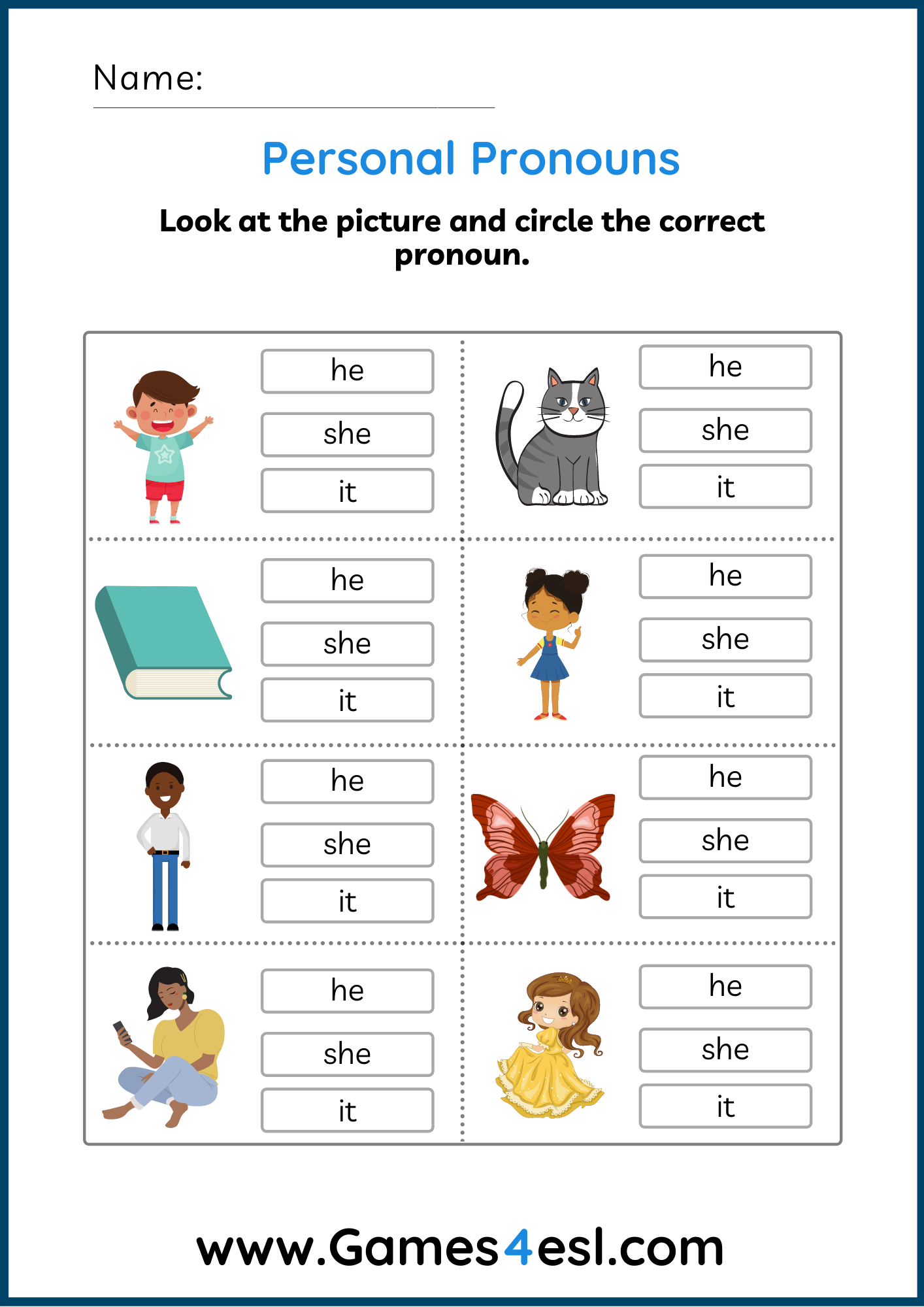
Gender neutral pronouns can also be used in spaces where someone doesn't want to make an assumption about another person's gender or gender identity, says Heath Fogg Davis, Director of Gender, Sexuality, and Women's Studies at Temple University and author of Beyond Trans: Does Gender Matter?. Here is a list of some of the most common gender neutral pronouns: "Rather than using 'him' or 'her,' a person 'they,' 'ze,' or 'xe.'" For some folks, gender neutral pronouns better align with their gender identity, explains Marsh. Gender neutral pronouns, also known as neopronouns, are pronouns that stray away from this idea, meaning they don't specify a person's gender.

Thing is, pronouns are traditionally gendered-think "she" or "him." "Pronouns are the shortcuts we use to identify ourselves and others without specifically using given names," says Tracy Marsh, PhD, faculty member for Walden University’s PhD in Clinical Psychology program. What are gender neutral pronouns?įirst, let's define what pronouns are.

To clear up any questions you may have (and it's totally okay if you do), here's what's important to know about gender neutral pronouns. And when people start being concerned about correctness, that signals that these pronouns are on their way toward wider adoption, says Baron.īecause most current adults didn't grow up using language this way, adding gender neutral pronouns to your daily conversations can seem a bit confusing at first. People have overcome the initial hurdle of acknowledging and legitimatizing this new word and now want to learn more about gender neutral pronouns and make sure they're using them right. But more on that later.Īs society becomes more accepting, people are mindful of gender issues and inclusivity-making it easier for others to live theirs truths and helping normalize the use of gender neutral pronouns. "They have a long history, and also a long history of being ignored," says Dennis Baron, professor of English and linguistics at the University of Illinois and author of What's Your Pronoun? Beyond He and She. While gender neutral pronouns may be a relatively new addition to your pronoun vocabulary, the reality is, these have been around since at least the tail end of the 18th century.

Over the last 10 to 20 years, there's been an increased awareness of identities and pronouns that don't subscribe to the gender binary. But that was likely the extent of your pronoun education. So, you're probably already familiar with "she/her/hers," "he/him/his," and the plural "they/their," which is used to refer to a group of people. Most English textbooks teach pronouns limited to the gender binary. When it comes to gender neutral pronouns, forget what you were taught in school.


 0 kommentar(er)
0 kommentar(er)
